How to get rid of moths in your home

If you spot holes in your favorite sweaters, you’ll need to know how to get rid of moths in your home. These winged insects will find their way into your closet or drawers, where their larvae will eat through wool, silk, cashmere, mohair, fur or any other natural fabric.
Not only can moths ruin clothing, but they'll also leave behind insect casings, excrement, and will reproduce as larvae. More importantly, moths can trigger allergic skin reactions when those sensitive to them come into contact with either adult or larval moths. That’s why it’s so important to know how to get rid of moths once and for all.
So where do moths come from? Typically, moths can enter your home through an open window or door. They can also be carried indoors on infested clothes (thrift store or garage sale items) or even on grocery shopping. Even if you don’t spot moths during the day, these nocturnal insects are active at night to avoid detection from predators, which is probably the reason you don’t see them sneaking into your closets during daytime.
Luckily, there are some preventative measures you can take to get rid of moths and save your clothes. From homemade cleaning products and essential oils to savvy storage solutions, here’s how to get rid of moths in your closet once for good.
Are your sweaters covered in small balls of fuzz? Here's how to remove pilling from clothes. And check out these 5 tips to store suits.
What types of moths are there?
First, identify what type of moth you have in your home. Typically, there are two types — clothes moths and pantry moths. Clothes moths usually find their way into closets and wardrobes, with the caterpillars living on natural fibres like linen, wool, silk or fur. Pantry moths, on the other hand, infest foods, preferring grains and various dry goods such as rice, cereals, crackers, or other stored foods. These usually arrive with items from the grocery store. A couple of signs would be webbing or tiny caterpillars inside your food or its packaging.
How to get rid of moths (clothes)
Clothes moths are a common, household pest that can chew holes through natural fabrics and damage them, so it's important to cleanse your clothing using the following methods.
Get instant access to breaking news, the hottest reviews, great deals and helpful tips.
1. Discard damaged items and wash your clothes

First, identify what clothes have been infested by moths and discard any damaged items. Wash clothing in the washing machine, following the care label instructions. For delicates such as wool, fur or cashmere, dry cleaning is most effective at getting rid of moth larvae. It's important to wash your clothes thoroughly to get rid of any eggs the moths might have laid.
2. Vacuum and clean your closet and drawers

Generally, dirt and dust can attract moths who tend to hide inside dark corners or cracks. Vacuum inside your closet or drawers with one of the best vacuum cleaners, and then give them a thorough clean. Wipe surfaces down with a soapy water or a 50/50 vinegar and water solution. White vinegar is a natural disinfectant that will instantly kill moth eggs and larvae.
Find out how you can clean with vinegar without the smell, but just beware of these 7 things you should never clean with white vinegar to avoid further damage.
3. Store clothing properly in a cool environment
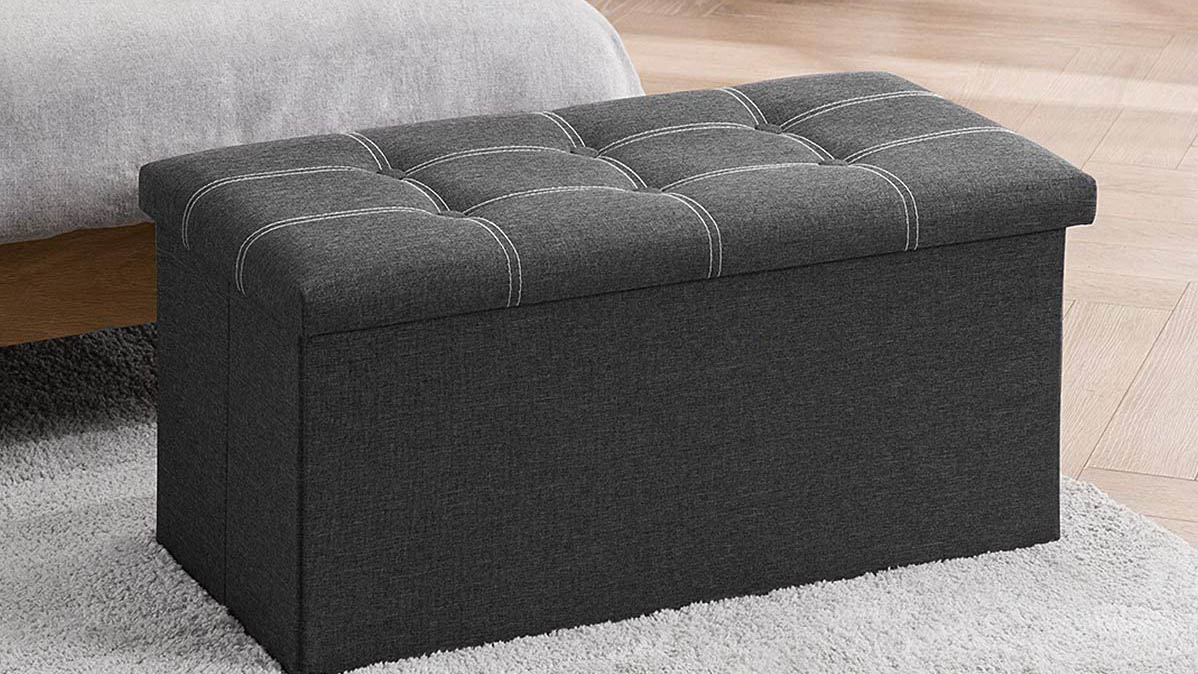
Once you’ve washed or dry cleaned your natural-fibre garments, store in protective garment bags, boxes or airtight containers. Garment bags such as these Clear Garment Bags for Hanging Clothes ($17, Amazon) will protect your sweaters, coats or any other clothing from pesky moths, as well as keeping them dust-free. In addition, ensure your closet is well-ventilated, as moths tend to thrive in humid conditions.
4. Place cedar wood in closets and drawers
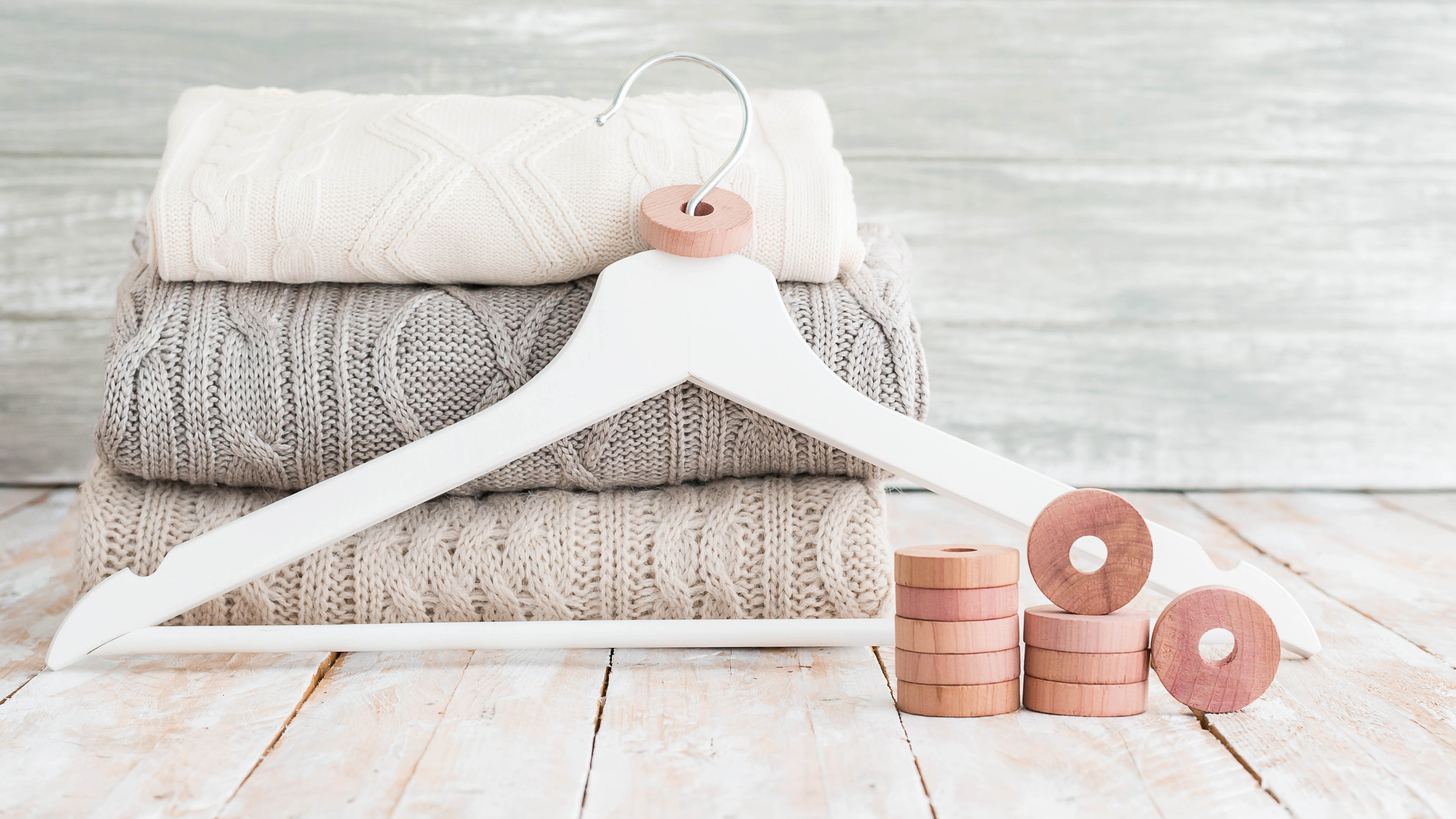
Moths dislike strong scents, especially cedar wood and cedar oil, so it’s a good idea to place these inside the closet or drawers. You can hang wool clothing onto cedar hangers, or buy ball-shaped pieces of cedar to hook onto hangers.
5. Use lavender or herbs in closets and drawers

Similarly, you can place sachet bags of the fragrant lavender inside the closet or drawers to deter moths. If you don't have lavender, you can also use sachets made with dried rosemary, thyme, cloves, or bay leaves, all of which are commonly found in kitchens.
While mothballs have been traditionally used, they're best avoided. These contain pesticides made from strong chemicals such as naphthalene or paradichlorobenzene, which research claims is harmful if inhaled.
How to get rid of moths (pantry)
Pantry moths can feast on grains, cereals, and any other open, dry food sources. If you don't want your food to spoil, it's best to get rid of them by following the steps below.
1. Throw out infested food and clean your pantry well
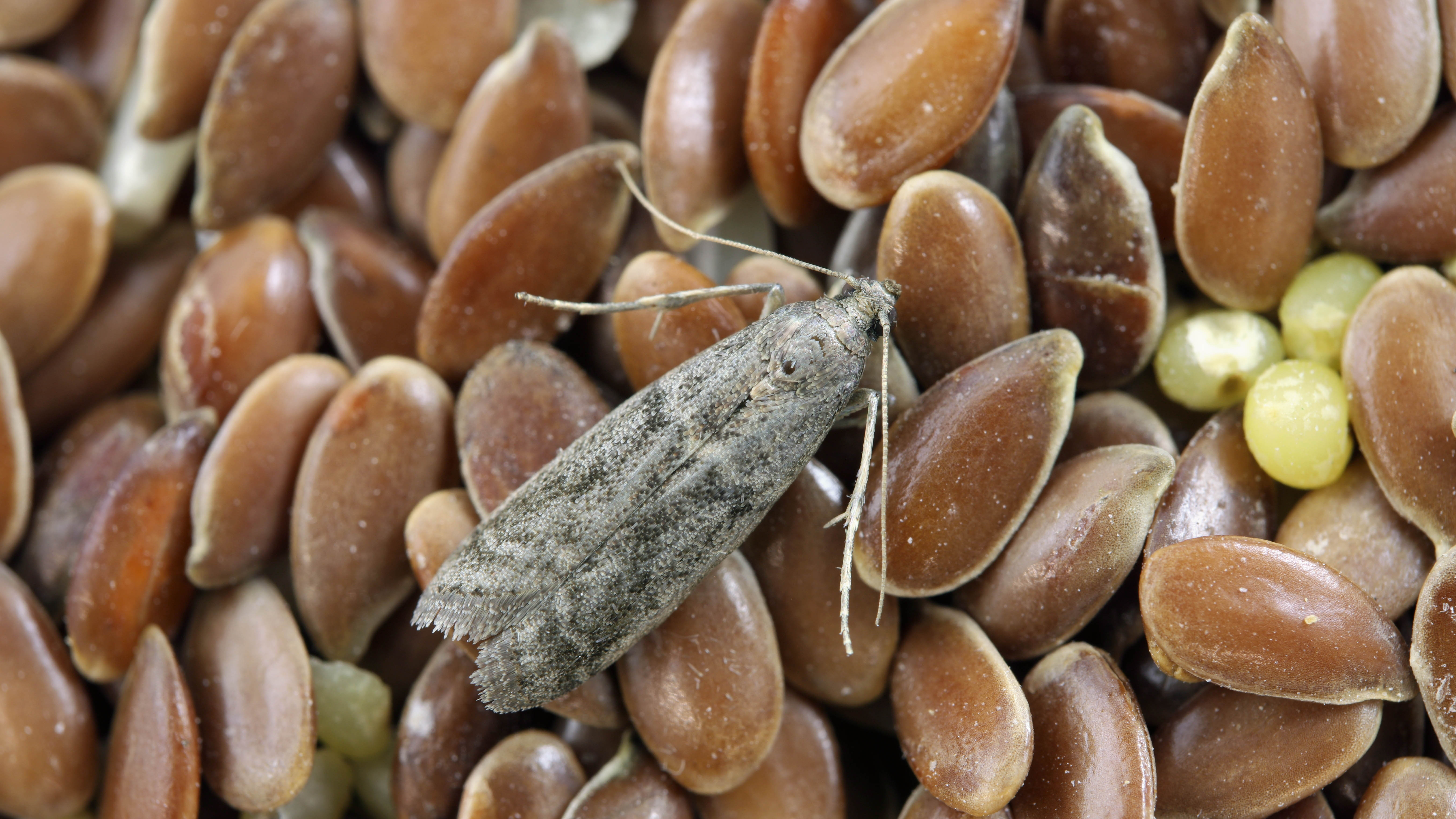
If you’ve spotted wriggling caterpillars in your dried foods, throw them out immediately. Even if you haven’t spotted any crawlies, you will often notice a musty smell or a sticky secretion in your food areas. Thoroughly clean the surfaces with warm, soapy water or use a 50/50 water and white vinegar solution to naturally disinfect all areas.
2. Store food in air-tight containers
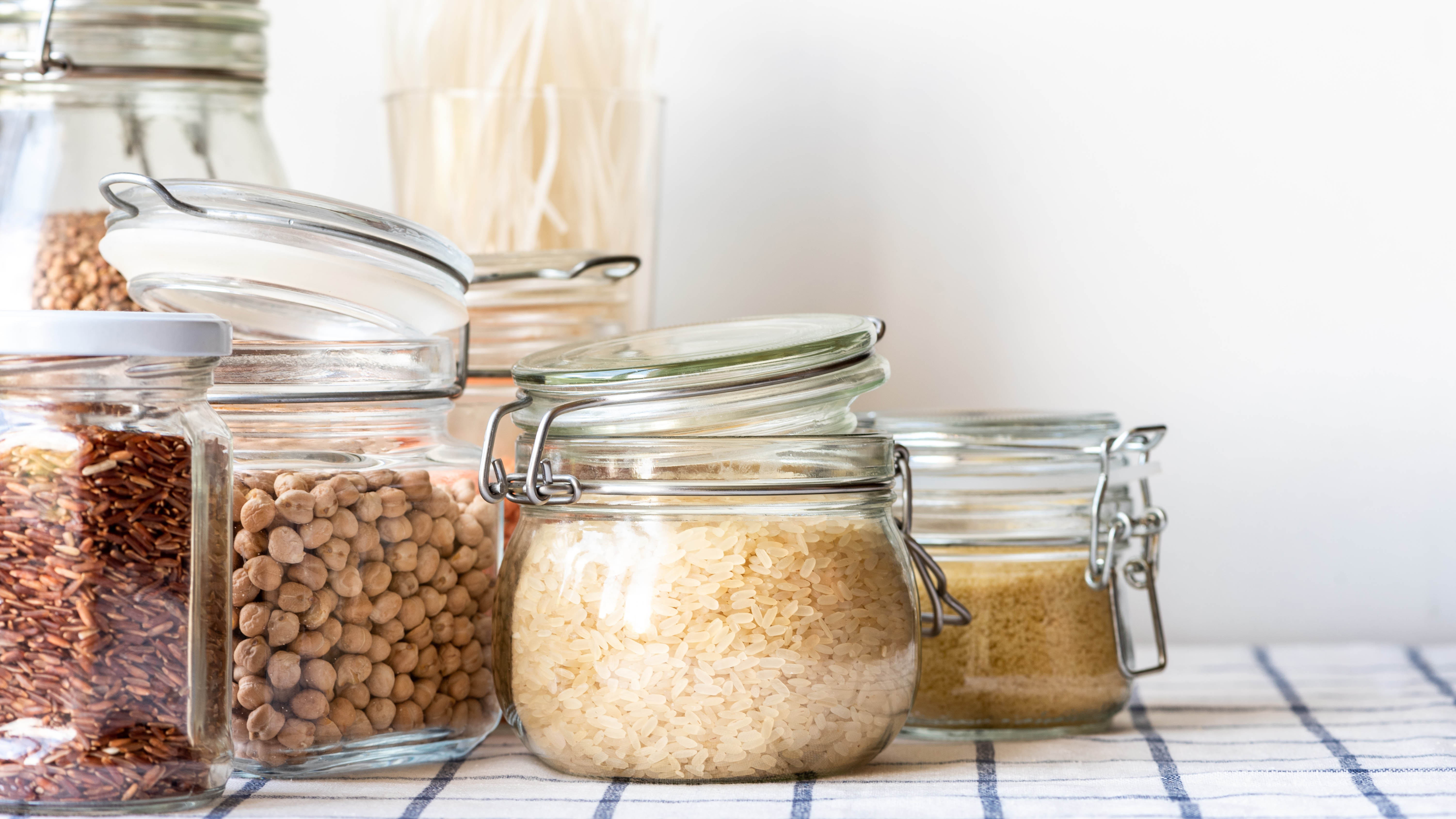
Always store dried foods in air-tight containers or jars to prevent moths from feeding on them. Choose glass or hard plastic containers for bulk food items or sealable, food storage bags for loose items. Moths can eat right through cardboard and light plastic materials, so discard these containers.
3. Reduce humidity and keep your pantry cool
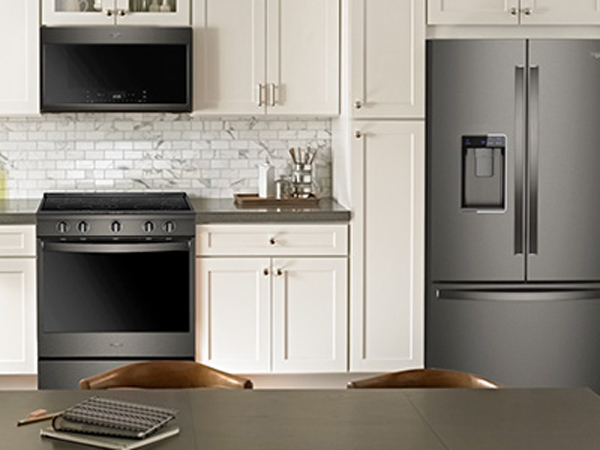
Since moths thrive in humid environments, keep your kitchen at a cool temperature. Ensure your pantry is well-ventilated and close all windows or doors if you have the air conditioner on. This will prevent any moths from infesting your food.
4. Seal any entry points
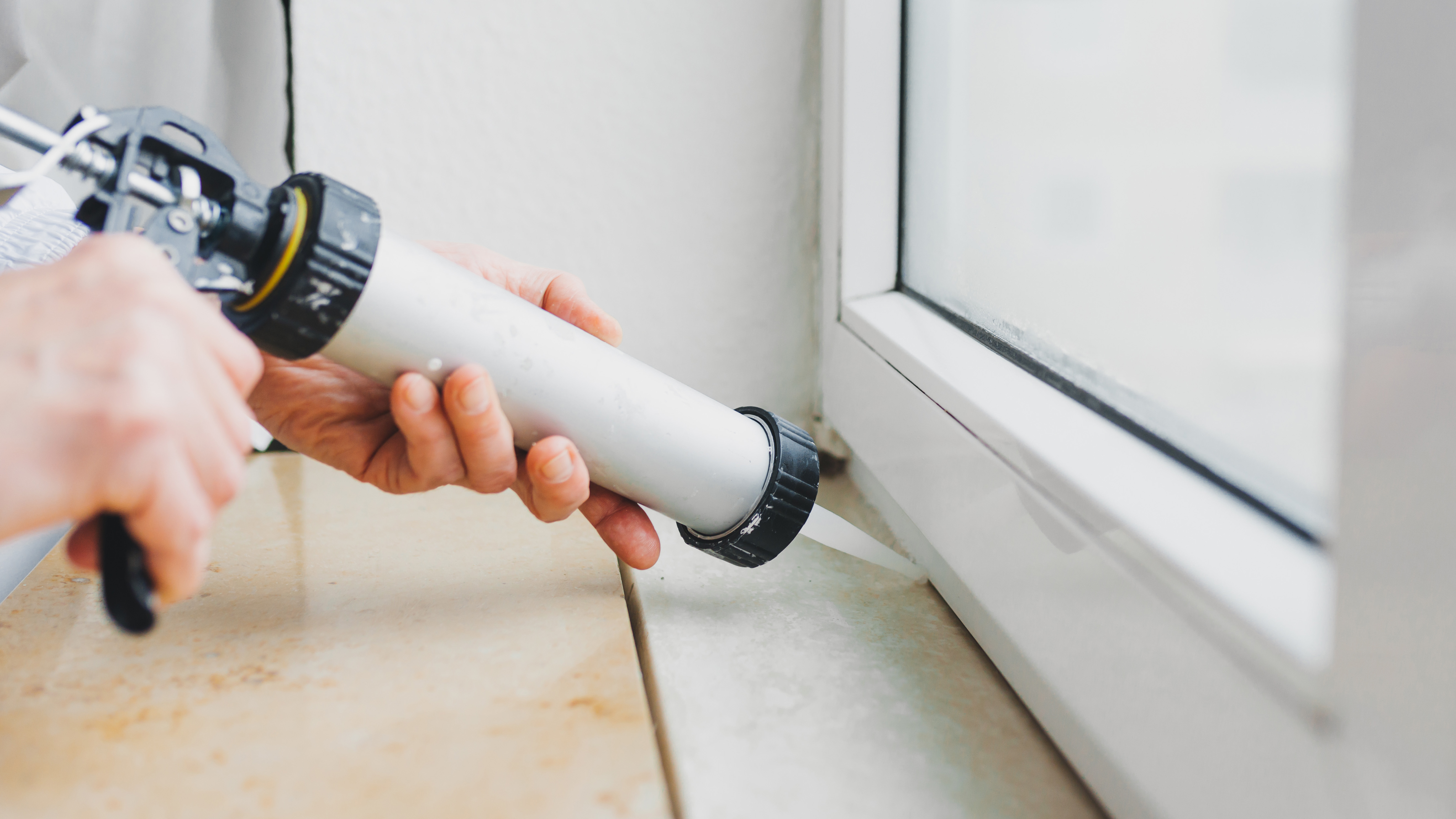
Moths love to hide in cracks and crevices, so be sure to seal off any potential entry points. Using a silicone caulking gun, identify and seal any cracks in the back of the pantry, around windows and doors, or spaces between your cabinets and walls. This should physically prevent moths from entering your food storage areas and laying their eggs.
Of course, if you’ve tried all of the above and you still have a moth infestation, it’s time to call in a pest control professional. They will be able to fumigate your home and eliminate the moths and their eggs for good.
Signs that you have moths in your closet or pantry

- Holes in clothing
- Webbing in closet or cupboard corners
- Cocoons in closet or dark corners
- Musty odors on clothes
- Larvae/eggs on clothes
- Caterpillars or moths in food
- Webbing in/on food or packaging
- Musty odor in pantry
- Sticky secretion in food areas
If you're dealing with any other household pests, check out how to get rid of bedbugs, how to get rid of silverfish, or how to get rid of gnats.

As the Homes Content Editor, Cynthia Lawrence covers all things homes, interior decorating, and garden-related. She has a wealth of editorial experience testing the latest, ‘must-have’ home appliances, writing buying guides and the handy ‘how to’ features.
Her work has been published in various titles including, T3, Top Ten Reviews, Ideal Home, Real Homes, Livingetc. and House Beautiful, amongst many.
With a rather unhealthy obsession for all things homes and interiors, she also has an interior design blog for style inspiration and savvy storage solutions (get rid of that clutter!). When she’s not testing cool products, she’ll be searching online for more decor ideas to spruce up her family home or looking for a great bargain!
